🍁🍂🎃🍂🍁
🍁🍂🎃🍂🍁

october by OneEyedJax on Flickr.
More Posts from Monstrous-mind and Others

🔭🌃🌌


Galaxy UGC 2885 may be the largest one in the local universe. It is 2.5 times wider than our Milky Way and contains 10 times as many stars. This galaxy is 232 million light-years away, located in the northern constellation of Perseus.
Credit: NASA, ESA, and B. Holwerda (University of Louisville)
Why Won’t Our Parker Solar Probe Melt?
This summer, our Parker Solar Probe will launch to travel closer to the Sun than any mission before it, right into the Sun’s outer atmosphere, the corona.

The environment in the corona is unimaginably hot: The spacecraft will travel through material with temperatures greater than 3 million degrees Fahrenheit.
So…why won’t it melt?
The Difference Between Heat and Temperature
Parker Solar Probe was designed from the ground up to keep its instruments safe and cool, but the nature of the corona itself also helps. The key lies in the difference between heat and temperature.
Temperature measures how fast particles are moving, while heat is the total amount of energy that they transfer. The corona is an incredibly thin and tenuous part of the Sun, and there are very few particles there to transfer energy – so while the particles are moving fast (high temperature), they don’t actually transfer much energy to the spacecraft (low heat).

It’s like the difference between putting your hand in a hot oven versus putting it in a pot of boiling water (don’t try this at home!). In the air of the oven, your hand doesn’t get nearly as hot as it would in the much denser water of the boiling pot.
So even though Parker Solar Probe travels through a region with temperatures of several million degrees, the surface of its heat shield will reach only about 2,500 F.

The Heat Shield
Of course, thousands of degrees Fahrenheit is still way too hot for scientific instruments. (For comparison, lava from volcano eruptions can be anywhere between 1,300 to 2,200 F.)
To withstand that heat, Parker Solar Probe is outfitted with a cutting-edge heat shield, called the Thermal Protection System. This heat shield is made of a carbon composite foam sandwiched between two carbon plates. The Sun-facing side is covered with a specially-developed white ceramic coating, applied as a plasma spray, to reflect as much heat as possible.

The heat shield is so good at its job that even though the Sun-facing side of the shield will be at 2,500 F, the instruments in its shadow will remain at a balmy 85 F.
Parker Solar Probe Keeps its Cool
Several other designs on the spacecraft help Parker Solar Probe beat the heat.
Parker Solar Probe is not only studying the Sun – it’s also powered by it. But even though most of the surface area of its solar arrays can be retracted behind the heat shield, even that small exposed segment would quickly make them overheat while at the Sun.

To keep things cool, Parker Solar Probe circulates a single gallon of water through its solar arrays. The water absorbs heat as it passes behind the arrays, then radiates that heat out into space as it flows into the spacecraft’s radiator.
It’s also important for Parker Solar Probe to be able to think on its feet, since it takes about eight minutes for information to travel between Earth and the Sun. If we had to control the spacecraft from Earth, by the time we knew something went wrong, it would be too late to fix it.
So Parker Solar Probe is smart: Along the edges of the heat shield’s shadow are seven sensors. If any of these sensors detect sunlight, they alert the central computer and the spacecraft can correct its position to keep the sensors – and the rest of the instruments – safely protected behind the heat shield.

Over the course of its seven-year mission, Parker Solar Probe will make 24 orbits of our star. On each close approach to the Sun, it will sample the solar wind, study the Sun’s corona, and provide unprecedentedly close up observations from around our star – and armed with its slew of innovative technologies, we know it will keep its cool the whole time.
Parker Solar Probe launches summer 2018 on its mission to study the Sun. Keep up with the latest on the mission at nasa.gov/solarprobe or follow us on Twitter and Facebook.
Make sure to follow us on Tumblr for your regular dose of space: http://nasa.tumblr.com
My favorite season



















🐈🍂🍁

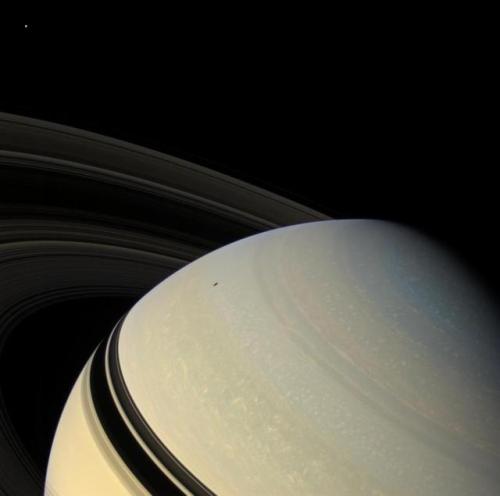
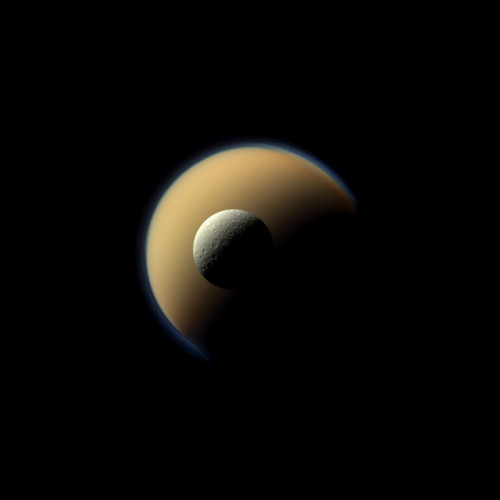
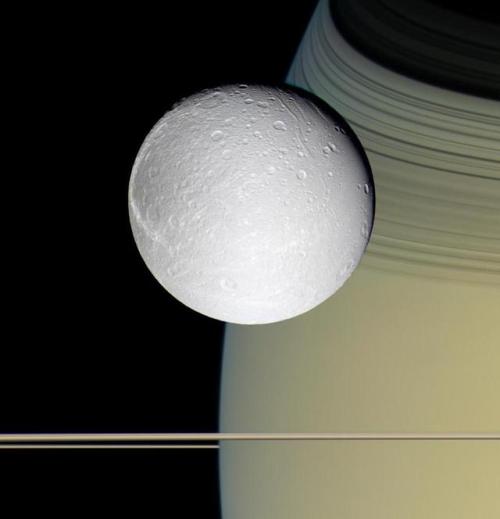
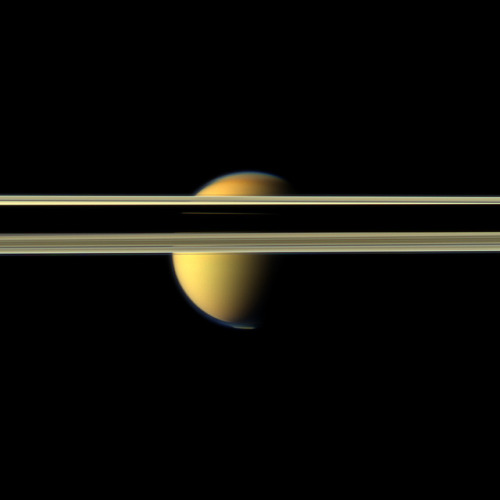
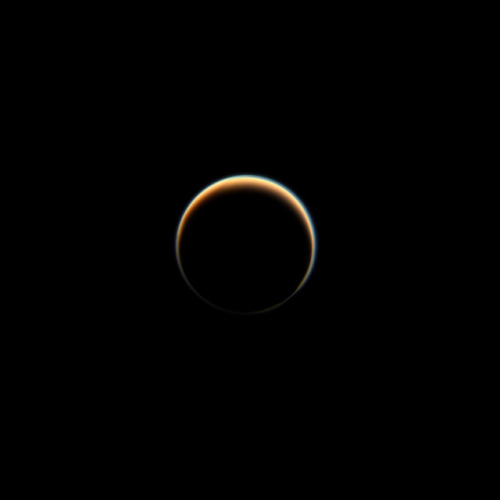
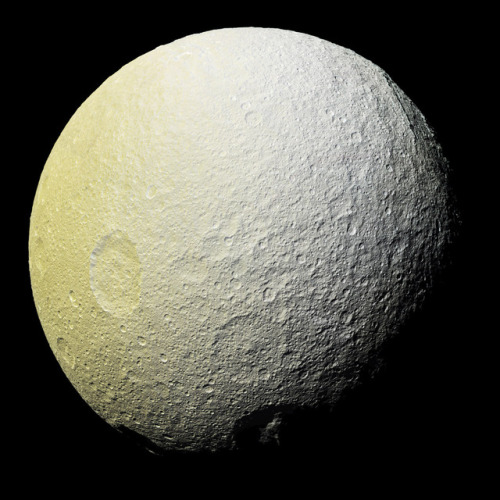
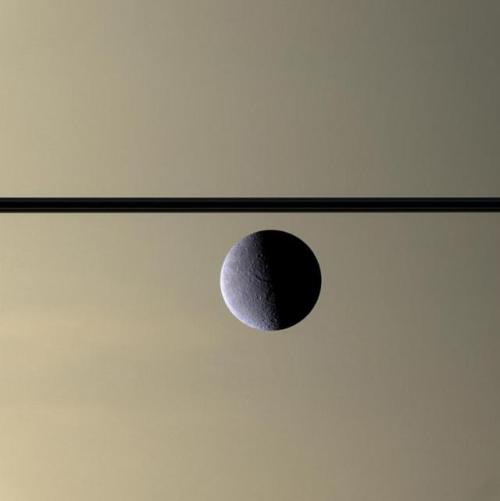

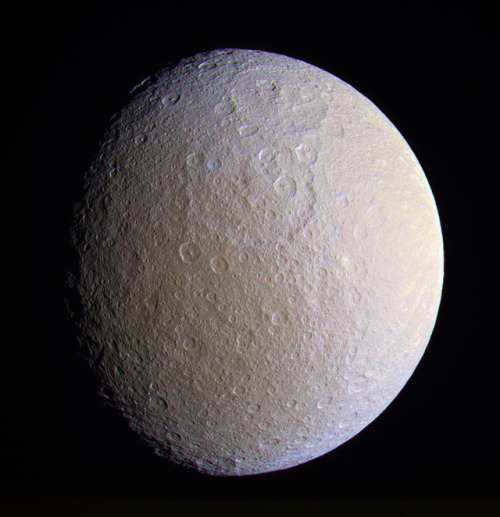
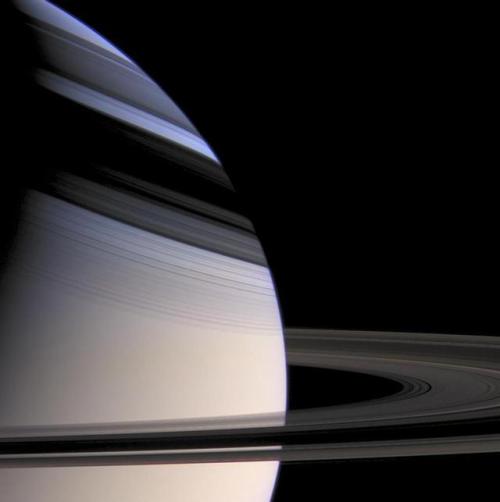
Saturn and its moons
Image credit: NASA/JPL-Caltech
🍂🍁🏔️🌨️🌌

Mark Basarab
🌬🍃🍁🍂🎃🍂🍁

🔭🌌☄️🪐

2024 September 8
M31: The Andromeda Galaxy Image Credit: Subaru (NAOJ), Hubble (NASA/ESA), Mayall (NSF); Processing & Copyright: R. Gendler & R. Croman
Explanation: The most distant object easily visible to the unaided eye is M31, the great Andromeda Galaxy. Even at some two and a half million light-years distant, this immense spiral galaxy – spanning over 200,000 light years – is visible, although as a faint, nebulous cloud in the constellation Andromeda. A bright yellow nucleus, dark winding dust lanes, and expansive spiral arms dotted with blue star clusters and red nebulae, are recorded in this stunning telescopic image which combines data from orbiting Hubble with ground-based images from Subaru and Mayall. In only about 5 billion years, the Andromeda galaxy may be even easier to see – as it will likely span the entire night sky – just before it merges with, or passes right by, our Milky Way Galaxy.
∞ Source: apod.nasa.gov/apod/ap240908.html
🐈⬛🐈🏔️🌌






Winter views, Sweden
stepsisters
-
 bisexualdaikaiju reblogged this · 4 weeks ago
bisexualdaikaiju reblogged this · 4 weeks ago -
 tavern-cat reblogged this · 1 month ago
tavern-cat reblogged this · 1 month ago -
 historyesque reblogged this · 1 month ago
historyesque reblogged this · 1 month ago -
 urubaen reblogged this · 2 months ago
urubaen reblogged this · 2 months ago -
 annaa14 reblogged this · 2 months ago
annaa14 reblogged this · 2 months ago -
 nightskywife-queue reblogged this · 2 months ago
nightskywife-queue reblogged this · 2 months ago -
 fleuribabe reblogged this · 2 months ago
fleuribabe reblogged this · 2 months ago -
 dagostini-time reblogged this · 2 months ago
dagostini-time reblogged this · 2 months ago -
 softnaptime reblogged this · 2 months ago
softnaptime reblogged this · 2 months ago -
 thr3shold liked this · 2 months ago
thr3shold liked this · 2 months ago -
 asphodelsforadora-blog reblogged this · 2 months ago
asphodelsforadora-blog reblogged this · 2 months ago -
 asphodelsforadora-blog liked this · 2 months ago
asphodelsforadora-blog liked this · 2 months ago -
 wildflowersamongthings reblogged this · 2 months ago
wildflowersamongthings reblogged this · 2 months ago -
 sweetstrawberrypatch reblogged this · 2 months ago
sweetstrawberrypatch reblogged this · 2 months ago -
 the-trees-have-spirits reblogged this · 2 months ago
the-trees-have-spirits reblogged this · 2 months ago -
 softtea reblogged this · 2 months ago
softtea reblogged this · 2 months ago -
 jusstbreath3 reblogged this · 3 months ago
jusstbreath3 reblogged this · 3 months ago -
 nvrcisso liked this · 3 months ago
nvrcisso liked this · 3 months ago -
 nvrcisso reblogged this · 3 months ago
nvrcisso reblogged this · 3 months ago -
 annaa14 reblogged this · 3 months ago
annaa14 reblogged this · 3 months ago -
 red-eyesss reblogged this · 3 months ago
red-eyesss reblogged this · 3 months ago -
 kanashiidesu liked this · 3 months ago
kanashiidesu liked this · 3 months ago -
 soy-spider-cat liked this · 3 months ago
soy-spider-cat liked this · 3 months ago -
 hermosasscriaturas reblogged this · 3 months ago
hermosasscriaturas reblogged this · 3 months ago -
 amarillo-napoles reblogged this · 3 months ago
amarillo-napoles reblogged this · 3 months ago -
 un-tecito reblogged this · 3 months ago
un-tecito reblogged this · 3 months ago -
 illcontent-delusion reblogged this · 3 months ago
illcontent-delusion reblogged this · 3 months ago -
 coffeeandsnark reblogged this · 3 months ago
coffeeandsnark reblogged this · 3 months ago -
 angelbunies reblogged this · 3 months ago
angelbunies reblogged this · 3 months ago -
 mee-rrakki liked this · 3 months ago
mee-rrakki liked this · 3 months ago -
 thatskelseyforyah reblogged this · 3 months ago
thatskelseyforyah reblogged this · 3 months ago -
 santacarlavamp1987 liked this · 3 months ago
santacarlavamp1987 liked this · 3 months ago -
 glowingsaints liked this · 3 months ago
glowingsaints liked this · 3 months ago -
 gentlesakura liked this · 3 months ago
gentlesakura liked this · 3 months ago -
 gloombog liked this · 3 months ago
gloombog liked this · 3 months ago -
 verminhost reblogged this · 3 months ago
verminhost reblogged this · 3 months ago -
 voidic3ntity liked this · 3 months ago
voidic3ntity liked this · 3 months ago -
 but-flowers-are-pretty reblogged this · 3 months ago
but-flowers-are-pretty reblogged this · 3 months ago -
 but-flowers-are-pretty liked this · 3 months ago
but-flowers-are-pretty liked this · 3 months ago -
 i-am-a-moonchild reblogged this · 3 months ago
i-am-a-moonchild reblogged this · 3 months ago -
 misread90 reblogged this · 3 months ago
misread90 reblogged this · 3 months ago -
 misread90 liked this · 3 months ago
misread90 liked this · 3 months ago -
 sihlouete reblogged this · 3 months ago
sihlouete reblogged this · 3 months ago -
 lnocencia reblogged this · 3 months ago
lnocencia reblogged this · 3 months ago -
 geminimtheknight reblogged this · 3 months ago
geminimtheknight reblogged this · 3 months ago -
 seksogafia reblogged this · 3 months ago
seksogafia reblogged this · 3 months ago
My ambition is handicapped by laziness. -C. Bukowski Me gustan las personas desesperadas con mentes rotas y destinos rotos. Están llenos de sorpresas y explosiones. -C. Bukowski. I love cats. Born in the early 80's, raised in the 90's. I like Nature, Autumn, books, landscapes, cold days, cloudy Windy days, space, Science, Paleontology, Biology, Astronomy, History, Social Sciences, Drawing, spending the night watching at the stars, Rick & Morty. I'm a lazy ass.
222 posts